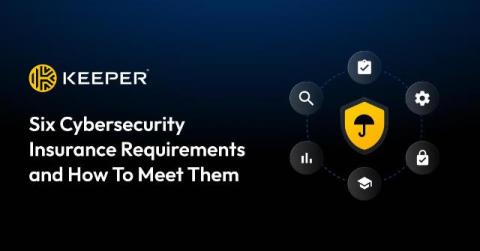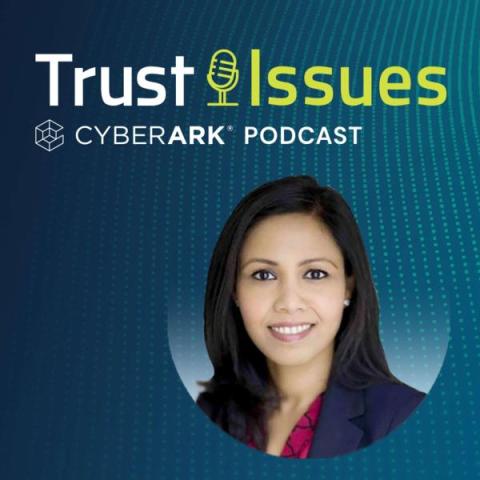Current State of Cyber Insurance: Addressing Underinsurance in SMEs
Discover the current penetration rates of cyber insurance among UK businesses, particularly SMEs, and the challenges of underinsurance. Learn how the hike in cyber attacks due to COVID has driven awareness and the need for better coverage.










